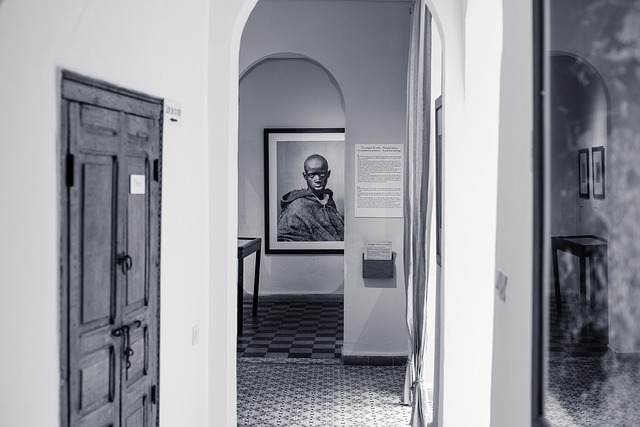Identity is more than just a name or nationality—it is a dynamic blend of culture, personal style, and heritage. Throughout history, these elements have played a crucial role in shaping how individuals and societies define themselves. From traditional clothing and architectural designs to storytelling and craftsmanship, culture and heritage influence not just personal identity but also collective memory.
The Role of Culture in Identity
Culture is the foundation of identity. It encompasses the customs, traditions, language, and values passed down from generation to generation. Throughout history, different civilizations have used cultural symbols to express their beliefs and distinguish themselves from others.
For example, in ancient Egypt, hieroglyphics were more than just a writing system—they were a reflection of religious beliefs, governance, and social structure. Similarly, in medieval Europe, Gothic architecture became a defining style, symbolizing both religious devotion and artistic expression. Culture is not static; it evolves with time, influenced by migration, trade, and technological advancements. However, its core elements remain deeply embedded in how people perceive themselves and their communities.
The Influence of Style on Personal and Collective Identity
Style is an outward expression of identity. Whether in clothing, interior design, or art, style choices often reflect deeper cultural and historical influences.
Fashion, for example, has long been a marker of status and heritage. The kimono in Japan, the sari in India, and the kaftan in the Middle East all have centuries-old origins, representing traditions and craftsmanship unique to their regions. These garments are not just functional—they tell stories of cultural pride, social status, and even political shifts.
Similarly, home décor reflects identity through artistic and functional elements. Traditional handwoven rugs, intricate wood carvings, and pottery styles vary across cultures, each carrying historical significance. Persian and Oriental rugs, for instance, have been crafted for centuries, with unique designs reflecting the artistic heritage of the regions where they are made. Today, incorporating pieces like authentic oriental area rugs into a home can serve as a way to honor heritage while appreciating the timeless craftsmanship of past generations.
Heritage as a Link to the Past and Future
Heritage is a powerful connector between the past, present, and future. It provides a sense of belonging and continuity, reminding individuals of their roots. Historical landmarks, folk music, oral traditions, and even culinary practices are all parts of cultural heritage that help people feel connected to their ancestors.
Many communities work hard to preserve their heritage in the face of modernization. UNESCO World Heritage Sites, for example, protect historically significant places so future generations can learn about their ancestors’ achievements. In many indigenous cultures, elders pass down knowledge through storytelling and rituals, ensuring that traditions remain alive even in rapidly changing societies.
How Culture, Style, and Heritage Continue to Evolve
While heritage and culture provide a foundation for identity, they are not rigid. They evolve as people adapt to new influences, technologies, and global interactions. For example, modern fashion designers often blend traditional patterns with contemporary silhouettes, creating a fusion of old and new. Similarly, interior designers mix historical aesthetics with modern functionality, allowing cultural heritage to thrive in today’s world.
The blending of different cultural elements can be seen in cities worldwide, where architecture, cuisine, and art from various traditions coexist. As globalization connects people across borders, individuals often embrace multiple influences, leading to hybrid identities that reflect both ancestral heritage and contemporary experiences.
Conclusion
Culture, style, and heritage are essential in shaping identity. They provide a sense of belonging, influence personal expression, and create connections across generations. Whether through traditional clothing, architectural design, or cherished home décor, these elements help individuals and societies maintain their roots while embracing the ever-changing world around them. By appreciating and preserving cultural traditions, people not only honor the past but also create a meaningful foundation for the future.

